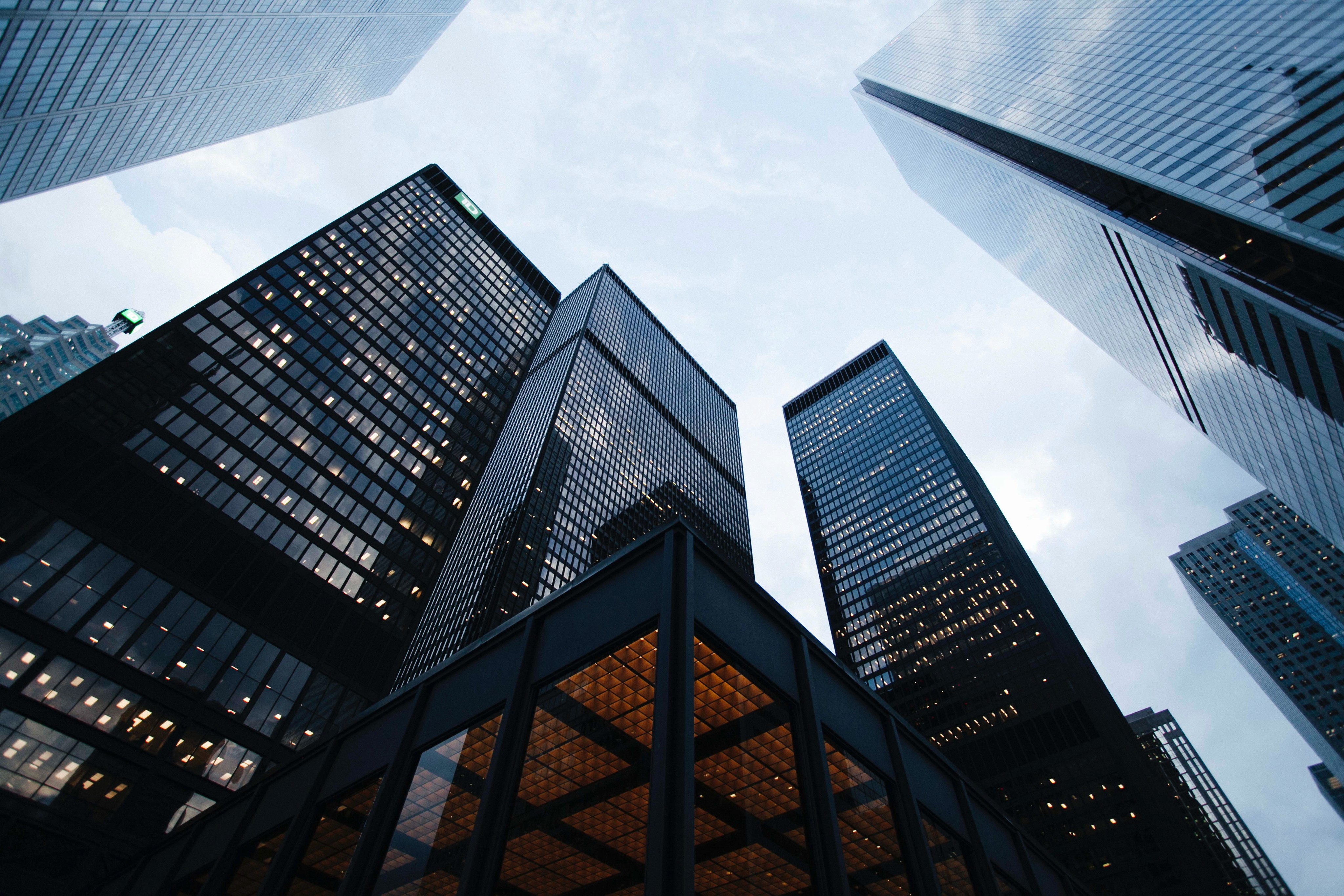As our cities continue to grow and expand, so does the demand for skyscrapers - towering architectural feats that dominate the skyline. But what makes these urban giants so iconic? In this blog post, we'll take a deep dive into the world of urban skyscrapers and explore the design and aesthetics that make them truly unique. From the sleek lines and glass facades to the intricate details and structural elements, we'll examine the features that give skyscrapers their unmistakable style. Along the way, we'll uncover the history of these towering structures and the technological innovations that have allowed architects to push the limits of what's possible. Whether you're an architecture buff or simply curious about the world around you, join us as we embark on a journey through the world of urban skyscrapers and discover what makes them such an essential part of our modern cities.
The Evolution of Skyscraper Design
The design of urban skyscrapers has evolved over the years, reflecting changing attitudes towards urban living and architecture. One of the most notable trends in recent years has been a shift towards sustainable and environmentally conscious design, with buildings incorporating green spaces, solar panels, and other eco-friendly features. Additionally, architects have been experimenting with different shapes and materials, resulting in some truly unique and eye-catching structures. In this blog post, we'll take a closer look at the design and aesthetics of urban skyscrapers, exploring the features that make them so fascinating and iconic.
How Technology is Shaping the Future of Urban Skyscraper Design
As the demand for space in urban areas grew, so did the height of buildings. The first skyscraper, the Home Insurance Building in Chicago, was completed in 1885 and stood at a whopping 10 stories tall. This was made possible by the invention of the steel frame, which allowed for taller, more stable structures. Since then, skyscrapers have continued to rise higher and higher, with the Burj Khalifa in Dubai currently holding the title of the world's tallest building at a height of 828 meters. Along with height, the design and aesthetics of skyscrapers have also evolved over the years, reflecting both the technological advancements and cultural trends of their time.
Conclusion
In conclusion, urban skyscrapers continue to be marvels of modern engineering and design, with new technologies and innovations pushing the boundaries of what is possible. From their impressive heights to their intricate details, these buildings are true symbols of human achievement. As we continue to explore and push the limits of urban architecture, we can only imagine what the future holds for the design and aesthetics of these towering structures.



